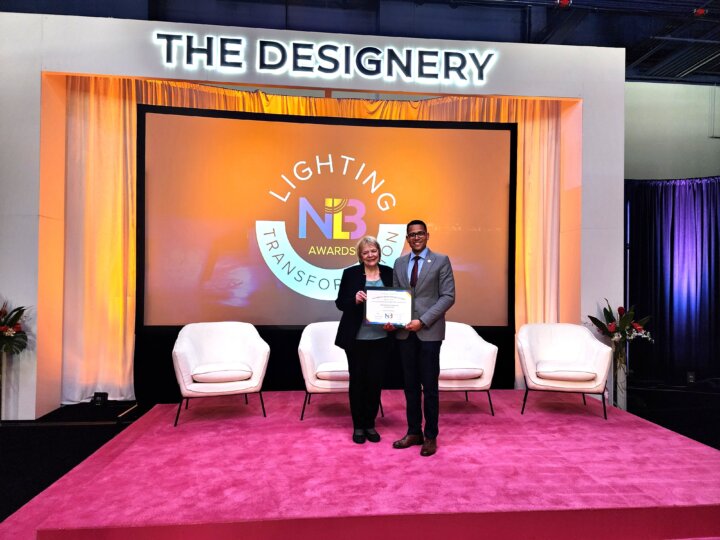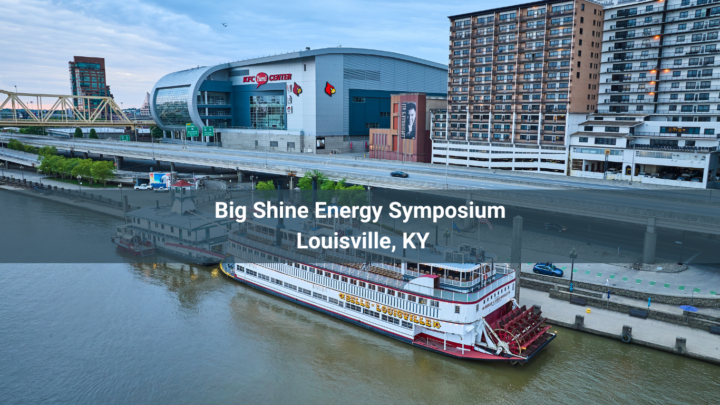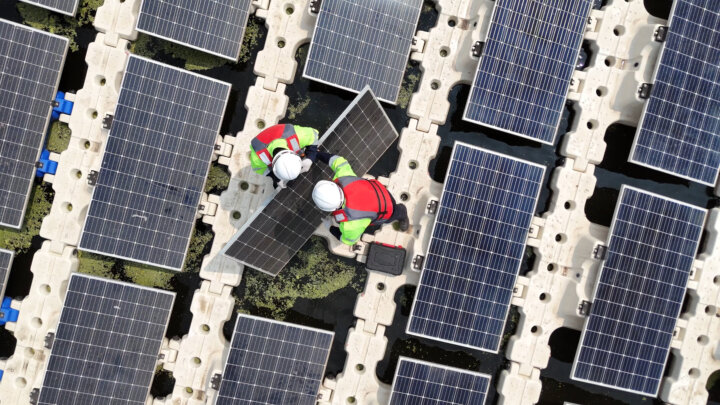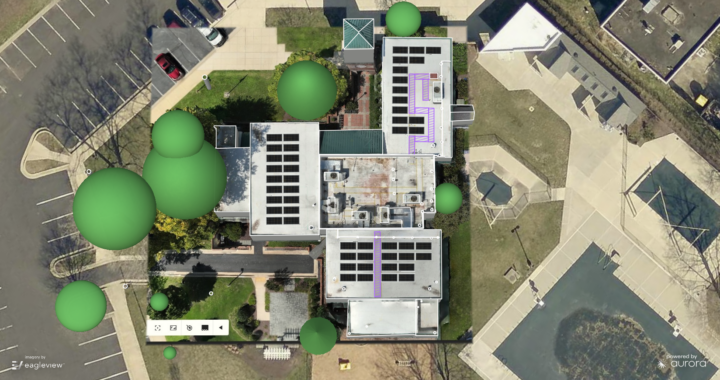Five Energy Efficiency Projects for Building Owners
In today’s rapidly changing world, energy efficiency has become a critical aspect of sustainable building management. Building owners have a unique opportunity to reduce their environmental impact while simultaneously enhancing operational efficiency and saving costs. By implementing various energy efficiency projects and utilizing innovative solutions like energy storage systems, monitoring tools, and energy management systems, building owners can take significant strides towards a greener and more resilient future. In this blog post, we will explore different energy efficiency projects, the importance of monitoring energy savings, and the features of the Tridium Niagara Framework as an effective energy management solution.
Monitoring Energy Savings and Environmental Impact
The Importance of Monitoring Energy Savings
Monitoring energy savings is crucial for building owners to understand the effectiveness of their energy efficiency projects and quantify their environmental impact. Each energy measure may provide its own monitoring tools, but consolidating data in a central energy management system (EMS) offers several advantages.
Creating Monetary Value and Environmental Impact Assessment
An EMS allows building owners to track and analyze energy consumption, identify areas for improvement, generate monetary values from energy savings, and produce greenhouse gas reports. It becomes a valuable tool for setting targets, developing a roadmap to reach carbon neutrality, and showcasing a commitment to sustainability.
A Roadmap for Implementing Energy Measures
Suggested Order for Energy Measures
To prioritize energy measures, building owners can follow a logical sequence based on feasibility, impact, and return on investment. This roadmap ensures a systematic approach to energy efficiency improvement.
Step 1: Conduct an Energy Audit
Assess the building’s energy performance, identify inefficiencies, and evaluate potential energy-saving opportunities.
Step 2: Lighting and HVAC Upgrades
Start with projects that offer immediate energy savings and relatively quick payback periods, such as LED lighting upgrades and HVAC system optimization.
Step 3: Building Envelope Improvements
Focus on improving insulation, air sealing, and windows to minimize energy loss and increase comfort.
Step 4: Renewable Energy Integration
Install renewable energy systems like solar panels or wind turbines to generate clean energy, reduce reliance on the grid, and potentially generate revenue through excess energy sales.
Step 5: Energy Storage Systems
Implement energy storage systems to increase resilience against grid outages and optimize the utilization of renewable energy.
Features of the Tridium Niagara Framework as an Energy Management Solution
Overview
The Tridium Niagara Framework is a comprehensive energy management solution that provides advanced control, monitoring, and analytics capabilities.
Communication and Integration
Niagara is a powerful software platform that supports multiple protocols and systems, allowing seamless integration of diverse building systems, including HVAC, lighting, security, and more.
Open Standards and Flexibility
The communication within Niagara is based on open standards, ensuring interoperability and flexibility for future expansions or integrations.
System Connectivity
Niagara can connect and manage various building systems, enabling centralized energy data monitoring, real-time energy consumption analysis, and the optimization of system performance.
Conclusion
Building owners play a crucial role in promoting energy efficiency and sustainability. By implementing a range of energy efficiency projects, utilizing monitoring tools, and adopting robust energy management systems like the Tridium Niagara Framework, building owners can significantly reduce energy consumption, enhance operational resilience, save costs, and contribute to a greener future. Embracing these measures not only benefits individual building owners but also supports global efforts to combat climate change and achieve carbon neutrality. Let’s strive towards a more sustainable world, one energy-efficient building at a time.
